The ten most popular JavaScript frameworks and libraries
This article mainly introduces in detail the top ten popular JavaScript frameworks and libraries, which are essential for the front end. Interested friends can refer to them
Javascript frameworks and libraries can be said to be the largest and most tiring categories of open source projects. Currently, there are the most projects of this type on github, and a new project will appear almost every once in a while to sweep the Internet. Although the community promotes the development of innovation, it has to be said that front-end developers suffer. Therefore, this article lists the features of some excellent Javascript frameworks and libraries and their star numbers on github, aiming to provide some reference for developers.

1. ReactJS(Star: 59989,Fork: 10992)
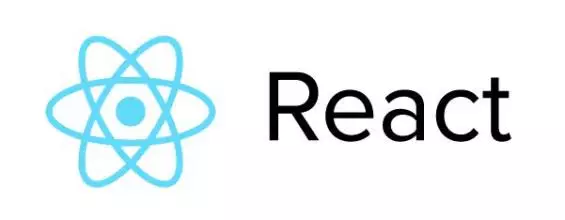
React.js (React) is a A Javascript library used to build user interfaces, mainly used to build UI. Many people think that React is the V (View) in MVC. React originated as an internal project at Facebook to build the Instagram website and was open sourced in May 2013. React has high performance and very simple code logic. More and more people have begun to pay attention to and use it.
Features of React:
1. Declarative design − React adopts a declarative paradigm, which can easily describe applications.
2. Efficient-React minimizes interaction with DOM by simulating DOM.
3. Flexible - React can work well with known libraries or frameworks.
4.JSX− JSX is an extension of Javascript syntax. JSX is not required for React development, but it is recommended.
5. Components − Building components through React makes it easier to reuse code and can be well applied in the development of large projects.
6. One-way response data flow − React implements one-way response data flow, thereby reducing repeated code, which is why it is simpler than traditional data binding.
2. AngularJS (Star: 54769, Fork: 27292)
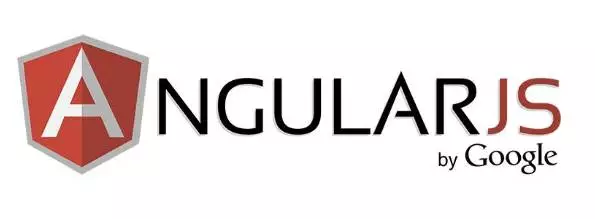
architecture of a web application without the need for manual DOM manipulation. AngularJS is small, only 60K, compatible with mainstream browsers, and works well with jQuery.
3. Vue.js (Star: 43608, Fork: 5493)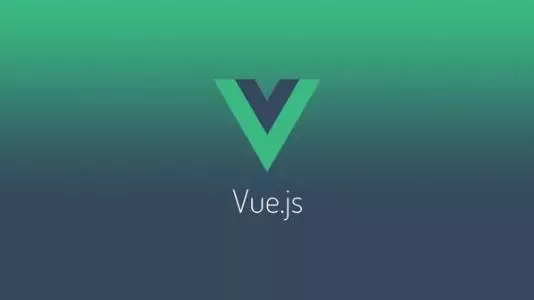
objects as model
●Concise and clear API ●Component-based UI construction ●Use with other libraries4, jQuery (Star: 43432, Fork: 12117)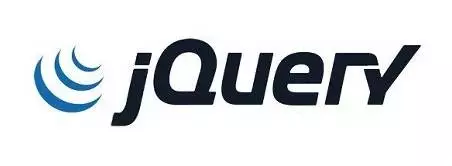
documents, events, implement animation effects, and easily provide AJAX interaction for websites. Another big advantage of jQuery is that its documentation is very complete, and various applications are also explained in detail, and there are many mature plug-ins to choose from. jQuery can keep the code and HTML content of the user's HTML page separated. In other words, there is no need to insert a bunch of js in the HTML to call the command. You only need to define the id.
5. Meteor(Star: 36691,Fork: 4617)
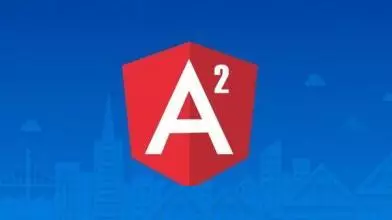
Angular is a very popular and easy-to-use web front-end framework currently maintained by Google. This entry covers Angular 2 and later versions. Since Angular 2 and the previous version Angular.js have been officially maintained separately (the GitHub addresses and project homepages of the two are different), this page is created.
7. Ember.js(Star: 17540,Fork: 3646)
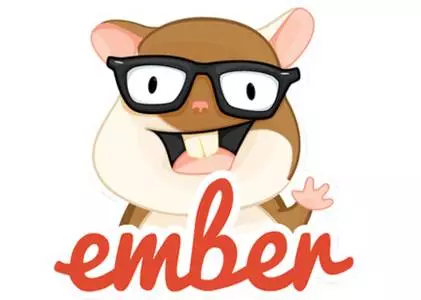
Ember is an ambitious web application that eliminates boilerplate and Provides a Javascript framework for standard application architecture.
8. Polymer (Star: 16979, Fork: 1699)
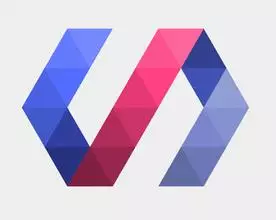
At the 2013 Google I/O conference, Google released Polymer, which It is a class library that uses Web components to build Web applications, and also uses the new HTML 5 standard for building reusable components for the Web. Polymer provides polyfills for most web component technologies, allowing developers to create their own reusable components before all browsers support new features. In addition, Polymer provides a range of widget examples, including weather, clocks, stock quotes, and line charts.
The polyfills in Polymer provide a variety of Web technologies for successfully building applications using Web components, including:
HTML imports: a way to introduce and reuse HTML documents in other HTML documents .
●Custom elements: Allow developers to define and use custom DOM elements.
●Shadow DOM: Encapsulation provided in DOM.
●ModelModel Driven Views: Provides data binding like AngularJS.
●Web animation: API to implement complex animation.
●Pointer event: encapsulation of mouse touch and stylus events
9, Zepto.js (Star: 12074, Fork: 3260)

Zepto.js is a Javascript framework that supports mobile WebKit browsers and has jQuery-compatible syntax. 2-5k libraries that handle most basic tasks via a decent API.
10. Riot.js (Star: 11491, Fork: 902)

template engine, routers, and even libraries and A strict and organized MVP model. Views automatically update when model data changes.
Of course, in addition to the above mentioned, there are many excellent Javascript frameworks and libraries, and a new product emerges almost every once in a while.The above is the detailed content of The ten most popular JavaScript frameworks and libraries. For more information, please follow other related articles on the PHP Chinese website!

Hot AI Tools

Undresser.AI Undress
AI-powered app for creating realistic nude photos

AI Clothes Remover
Online AI tool for removing clothes from photos.

Undress AI Tool
Undress images for free

Clothoff.io
AI clothes remover

AI Hentai Generator
Generate AI Hentai for free.

Hot Article

Hot Tools

Notepad++7.3.1
Easy-to-use and free code editor

SublimeText3 Chinese version
Chinese version, very easy to use

Zend Studio 13.0.1
Powerful PHP integrated development environment

Dreamweaver CS6
Visual web development tools

SublimeText3 Mac version
God-level code editing software (SublimeText3)

Hot Topics
 How to evaluate the cost-effectiveness of commercial support for Java frameworks
Jun 05, 2024 pm 05:25 PM
How to evaluate the cost-effectiveness of commercial support for Java frameworks
Jun 05, 2024 pm 05:25 PM
Evaluating the cost/performance of commercial support for a Java framework involves the following steps: Determine the required level of assurance and service level agreement (SLA) guarantees. The experience and expertise of the research support team. Consider additional services such as upgrades, troubleshooting, and performance optimization. Weigh business support costs against risk mitigation and increased efficiency.
 How do the lightweight options of PHP frameworks affect application performance?
Jun 06, 2024 am 10:53 AM
How do the lightweight options of PHP frameworks affect application performance?
Jun 06, 2024 am 10:53 AM
The lightweight PHP framework improves application performance through small size and low resource consumption. Its features include: small size, fast startup, low memory usage, improved response speed and throughput, and reduced resource consumption. Practical case: SlimFramework creates REST API, only 500KB, high responsiveness and high throughput
 Golang framework documentation best practices
Jun 04, 2024 pm 05:00 PM
Golang framework documentation best practices
Jun 04, 2024 pm 05:00 PM
Writing clear and comprehensive documentation is crucial for the Golang framework. Best practices include following an established documentation style, such as Google's Go Coding Style Guide. Use a clear organizational structure, including headings, subheadings, and lists, and provide navigation. Provides comprehensive and accurate information, including getting started guides, API references, and concepts. Use code examples to illustrate concepts and usage. Keep documentation updated, track changes and document new features. Provide support and community resources such as GitHub issues and forums. Create practical examples, such as API documentation.
 How to choose the best golang framework for different application scenarios
Jun 05, 2024 pm 04:05 PM
How to choose the best golang framework for different application scenarios
Jun 05, 2024 pm 04:05 PM
Choose the best Go framework based on application scenarios: consider application type, language features, performance requirements, and ecosystem. Common Go frameworks: Gin (Web application), Echo (Web service), Fiber (high throughput), gorm (ORM), fasthttp (speed). Practical case: building REST API (Fiber) and interacting with the database (gorm). Choose a framework: choose fasthttp for key performance, Gin/Echo for flexible web applications, and gorm for database interaction.
 How does the learning curve of PHP frameworks compare to other language frameworks?
Jun 06, 2024 pm 12:41 PM
How does the learning curve of PHP frameworks compare to other language frameworks?
Jun 06, 2024 pm 12:41 PM
The learning curve of a PHP framework depends on language proficiency, framework complexity, documentation quality, and community support. The learning curve of PHP frameworks is higher when compared to Python frameworks and lower when compared to Ruby frameworks. Compared to Java frameworks, PHP frameworks have a moderate learning curve but a shorter time to get started.
 Performance comparison of Java frameworks
Jun 04, 2024 pm 03:56 PM
Performance comparison of Java frameworks
Jun 04, 2024 pm 03:56 PM
According to benchmarks, for small, high-performance applications, Quarkus (fast startup, low memory) or Micronaut (TechEmpower excellent) are ideal choices. SpringBoot is suitable for large, full-stack applications, but has slightly slower startup times and memory usage.
 Detailed practical explanation of golang framework development: Questions and Answers
Jun 06, 2024 am 10:57 AM
Detailed practical explanation of golang framework development: Questions and Answers
Jun 06, 2024 am 10:57 AM
In Go framework development, common challenges and their solutions are: Error handling: Use the errors package for management, and use middleware to centrally handle errors. Authentication and authorization: Integrate third-party libraries and create custom middleware to check credentials. Concurrency processing: Use goroutines, mutexes, and channels to control resource access. Unit testing: Use gotest packages, mocks, and stubs for isolation, and code coverage tools to ensure sufficiency. Deployment and monitoring: Use Docker containers to package deployments, set up data backups, and track performance and errors with logging and monitoring tools.
 Golang framework performance comparison: metrics for making wise choices
Jun 05, 2024 pm 10:02 PM
Golang framework performance comparison: metrics for making wise choices
Jun 05, 2024 pm 10:02 PM
When choosing a Go framework, key performance indicators (KPIs) include: response time, throughput, concurrency, and resource usage. By benchmarking and comparing frameworks' KPIs, developers can make informed choices based on application needs, taking into account expected load, performance-critical sections, and resource constraints.






